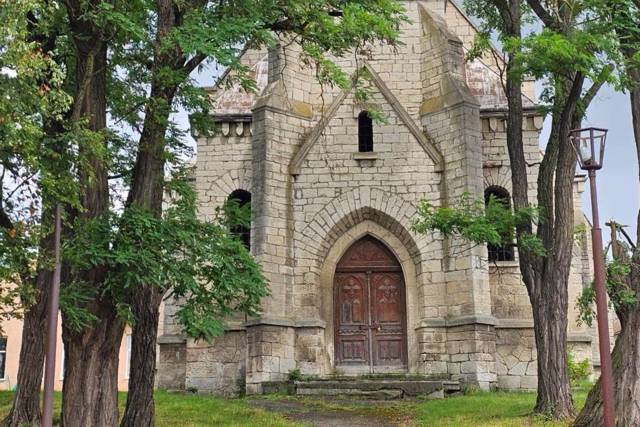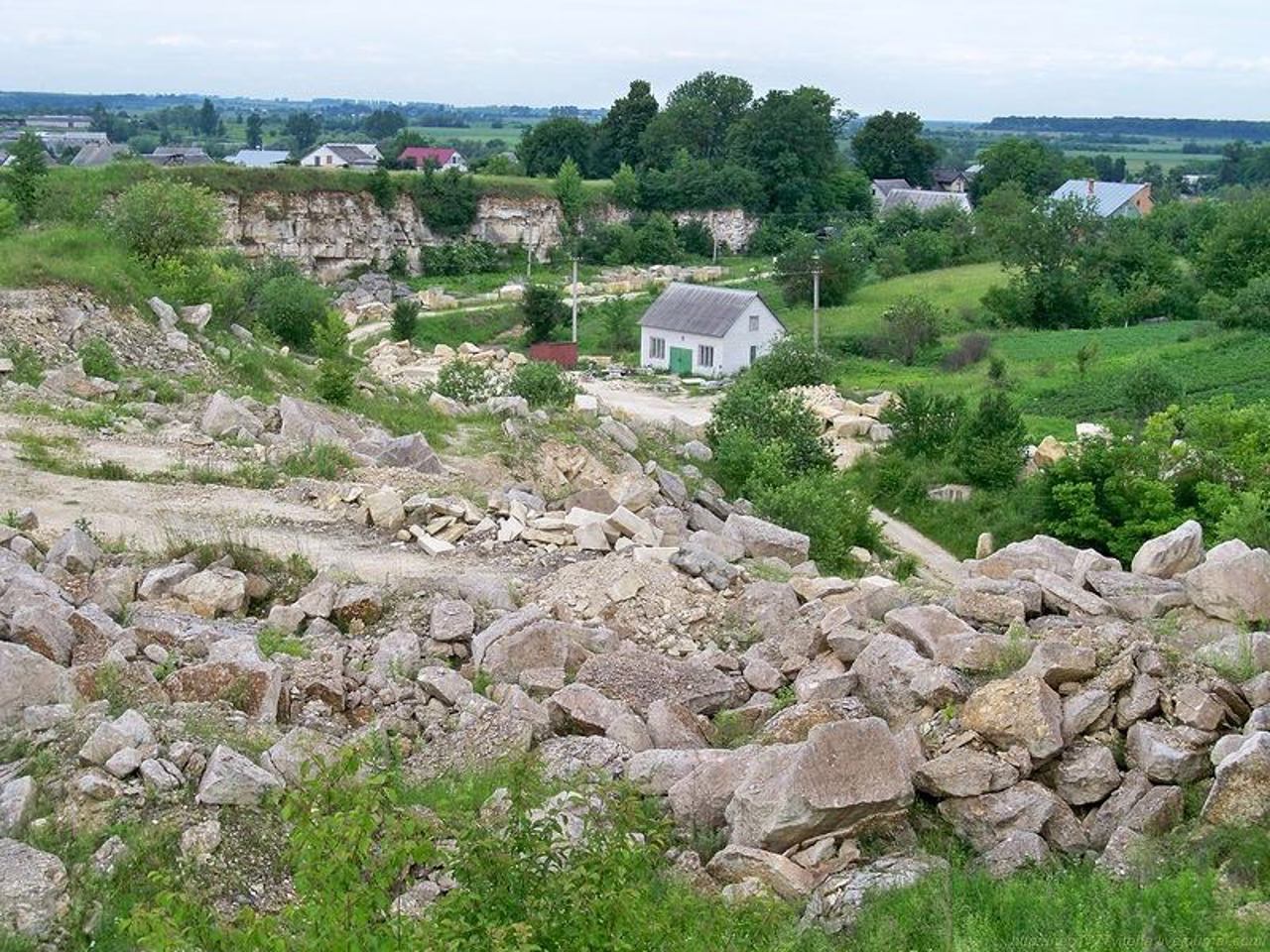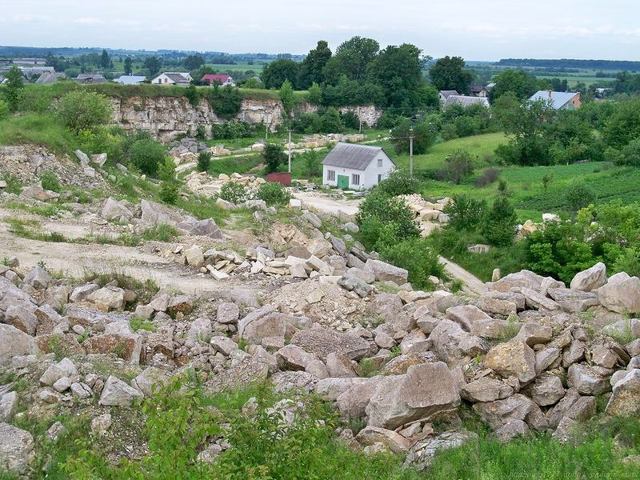Functional temporarily unavailable
General information about Demnia
The village of Demnia on the Zubra River is located 5 kilometers north of Mykolaiv, in the Lviv region. Administratively, it is part of the Trostyanets community of the Stryi district of the Lviv region.
The first mentions of Demnia date back to the middle of the 15th century, although there is a version that the village arose in ancient Rus' times as a settlement of metallurgists and got its name from the word "dym" (smoke) or "domna" (blast furnace).
Demnia has long been famous for its stonemasonry masters. At the beginning of the 20th century, every twentieth resident of the village was engaged in stone processing. The works of Demnia masters can be seen in cemeteries in Mykola ...
The village of Demnia on the Zubra River is located 5 kilometers north of Mykolaiv, in the Lviv region. Administratively, it is part of the Trostyanets community of the Stryi district of the Lviv region.
The first mentions of Demnia date back to the middle of the 15th century, although there is a version that the village arose in ancient Rus' times as a settlement of metallurgists and got its name from the word "dym" (smoke) or "domna" (blast furnace).
Demnia has long been famous for its stonemasonry masters. At the beginning of the 20th century, every twentieth resident of the village was engaged in stone processing. The works of Demnia masters can be seen in cemeteries in Mykolaiv, Khodoriv, Zhydachiv, Bibrka, Horodok and surrounding villages - all the way to Lviv and Stryi. Among these works are real works of art. Demnia itself is often called the "open-air museum of stone sculptures".
One of the most notable landmarks of the village is the Church of Our Lady of Czestochowa, built in 1913 from local hewn sandstone. During World War I, the church was damaged, but was saved from complete destruction.
Село Демня на річці Зубра розташоване за 5 кілометрів на північ від Миколаєва, що на Львівщині. Адміністративно входить до складу Тростянецької громади Стрийського району Львівської області.
Перші згадки про Демню відностяться до середини XV століття, хоча існує версія, що село виникло ще у давньоруські часи як поселення металургів та отримало назву від слова "дим" або "домна".
Демня здавна славилася майстрами каменярства. На початку ХХ століття кожен двадцятий мешканець села займався обробкою каменю. Вироби демнянських майстрів можна побачити на цвинтарях у Миколаєві, Ходорові, Жидачеві, Бібрці, Городку та навколишніх селах – аж до Львова й Стрия. Серед цих робіт є й справжні в ...
Село Демня на річці Зубра розташоване за 5 кілометрів на північ від Миколаєва, що на Львівщині. Адміністративно входить до складу Тростянецької громади Стрийського району Львівської області.
Перші згадки про Демню відностяться до середини XV століття, хоча існує версія, що село виникло ще у давньоруські часи як поселення металургів та отримало назву від слова "дим" або "домна".
Демня здавна славилася майстрами каменярства. На початку ХХ століття кожен двадцятий мешканець села займався обробкою каменю. Вироби демнянських майстрів можна побачити на цвинтарях у Миколаєві, Ходорові, Жидачеві, Бібрці, Городку та навколишніх селах – аж до Львова й Стрия. Серед цих робіт є й справжні витвори мистецтва. Саму Демню часто називають "музеєм кам’яних скульптур просто неба".
Однією з найвизначніших пам’яток села є костел Матері Божої Ченстоховської, зведений у 1913 році з місцевого тесаного пісковику. Під час Першої світової війни храм зазнав руйнувань, проте був врятований від повного знищення.
Сплануй своє перебування у Demnia
What to see and where to go in Demnia
Tourist attractions and museums of Demnia

Our Lady of Czestochowa Church
Temple , Architecture
The Church of Our Lady of Czestochowa in Demnia was built by the local Roman Catholic community in 1912-1914, before the start of World War I. The construction was initiated by a priest from Mykolaiv, Wojciech Wojtanowski.
The church was built by Demnia craftsmen from local hewn stone. It has restrained neo-Gothic features, and the open stone masonry and the steep spire of the tower give the church an archaic and monumental appearance.
The temple survived despite damage by Russian troops in 1914, the quartering of the Austrian army in 1916-1917, and the actions of the Soviet authorities, who equipped it with a warehouse and then a gymnasium.
Fragments of wall painting have survived inside the church to this day: the Dove of the Holy Spirit, floral decorations, the date "1917", and geometric motifs.
Currently, the church is in a state of disrepair and is closed for reconstruction. The community plans to revive the sanctuary as an open cultural and educational space that will unite the historical heritage of Demnia, stonemasonry traditions, and modern Ukrainian art.
Reviews Demnia
Geographical information about Demnia
| {{itemKey}} | {{itemValue}} |
|---|---|
| Region |
Lviv |






